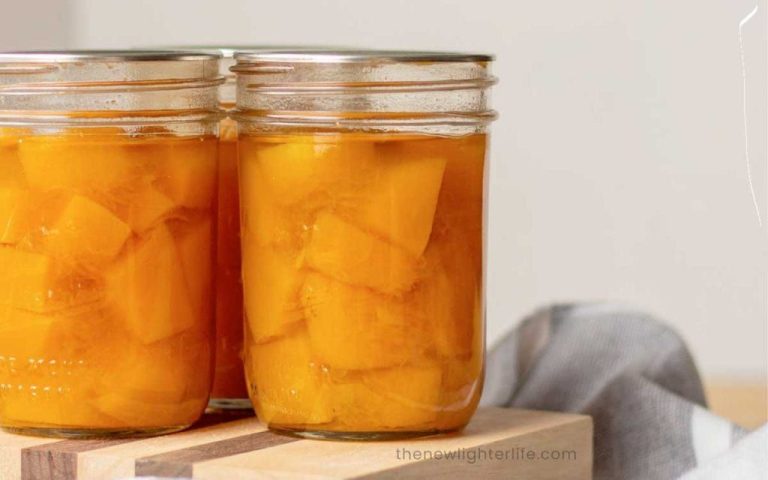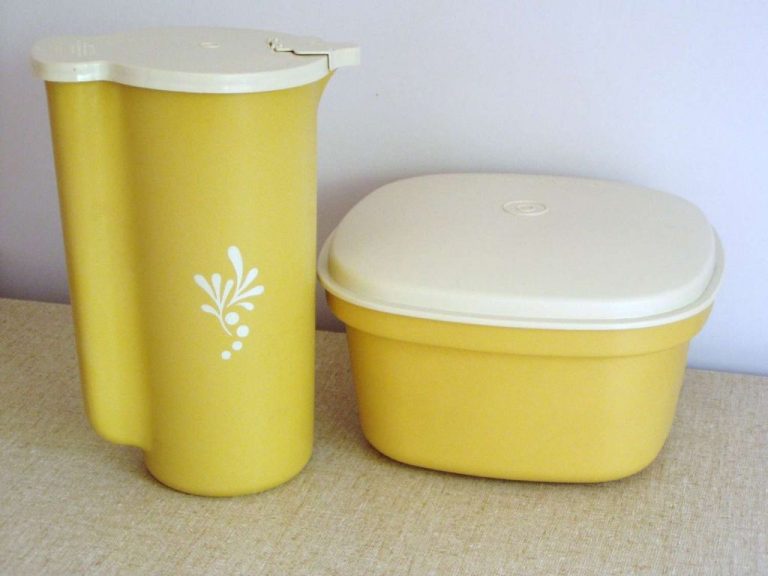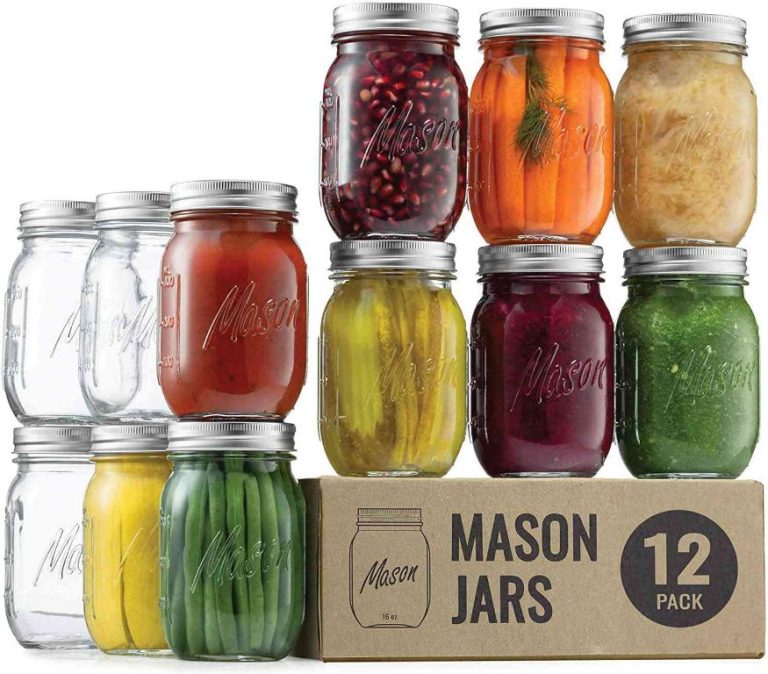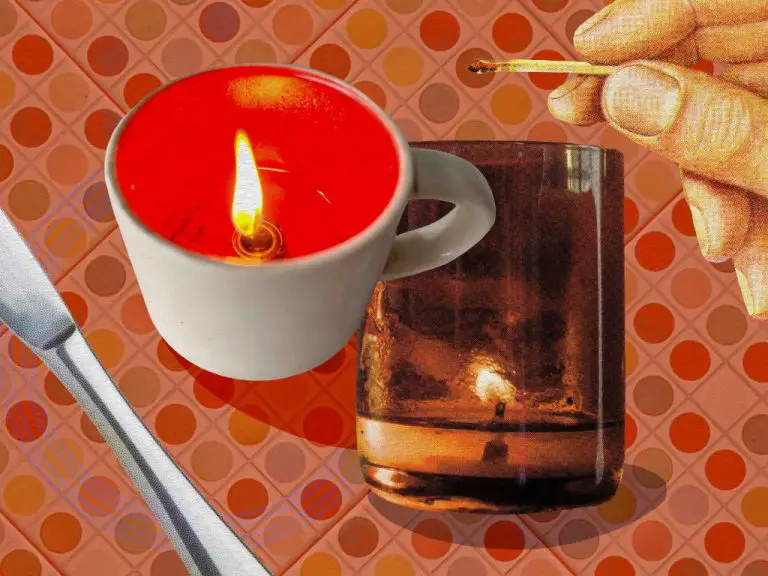Are Old Glass Jars Worth Anything?
The popularity of collecting antique glass jars has steadily grown in the United States over the past few decades. While canning was once a kitchen necessity, today these vintage jars are valued for their unique designs, colors, logos and embossing. Antique stores, flea markets, auctions and collectors often pay premium prices for rare, well-preserved examples. However determining which jars are worth collecting takes some knowledge of their age, styles, condition and demand among other collectors.
History of Glass Jars
Glass jars have been around for thousands of years. The earliest known glass vessels were produced in Mesopotamia around 1500 BC [1]. These early glass containers were mainly used for storing perfumes, unguents, and cosmetics. By the 1st century BC, glass blowing had been invented, allowing glass workers to produce bottles and jars in large quantities [2].
Through the Middle Ages and into the 19th century, most glass jars and bottles were free blown by artisans. The development of automated bottle-making machines in the early 1900s revolutionized jar production, enabling mass production of consistent, inexpensive glass containers [3]. Major innovations like the invention of Mason jars and lightning fruit jars in the mid-1800s significantly improved food preservation abilities.
Popular Antique Jar Styles
Some of the most popular and valuable antique jar styles include:
- Ball Mason Jars – First produced in the late 1800s by the Ball Company, Ball mason jars are perhaps the most iconic and widely collected style. They come in a huge variety of sizes, colors, and embossing patterns. Particularly valuable are earlier embossed jars from the late 1800s to early 1900s. More on Ball Mason jars.
- Lightning Jars – Named for the lightning-shaped zinc lid, these were popular in the late 1800s. Colors like cobalt blue or emerald green can be especially prized. Condition is key for high value.
- Wire Bale Jars – These have wire closures instead of flat metal lids. Bales can be decorative and come in unique shapes. The glass lid liner often degrades over time.
Other major types include Hutchinson soda bottles, wax sealer fruit jars, and milk glass insert cap jars. Each has its passionate collectors.
Determining Jar Age
One of the keys to determining the age of a glass jar is to examine the bottle’s manufacturing techniques, as methods evolved over time. Older jars made before the early 1900s were mouth-blown by a glassblower, so seams are uneven and asymmetrical. After 1903, most bottles were machine made, creating more uniform seams and smoother surfaces. According to guidelines from the Society for Historical Archaeology, seam types can provide a good indication of manufacturing era.
The earliest jars lacked seams at all, being free-blown or dip molded. From the 1820s-1900s, most bottles had vertical side mold seams from the lip to the base. After 1905, bottles usually have side seams ending below the finish, and no side seams after 1910. Thus, older jars have vertical side seams, while newer ones have angled shoulder seams or no side seams at all. Base seams can also indicate machine manufacturing and estimated years. Examining finish and lip styles can also help date jars.
Rarity and Demand
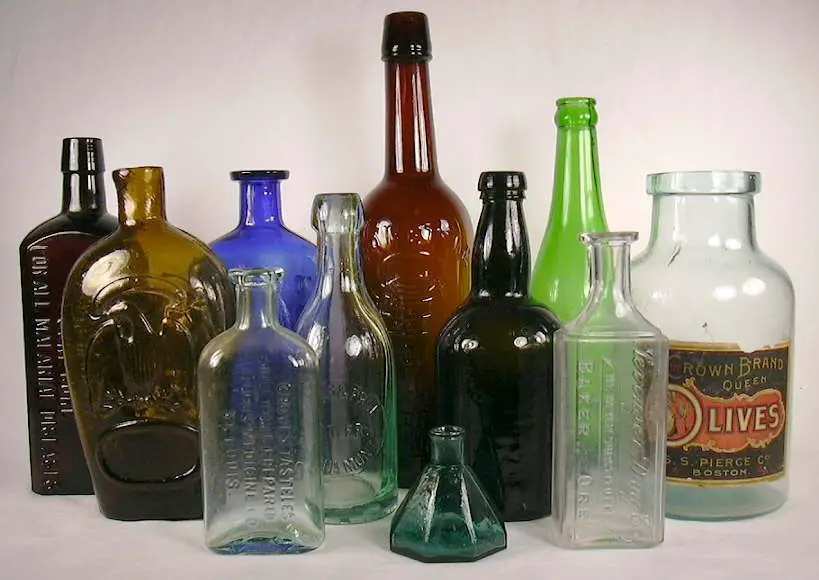
The most sought-after antique jars are rare and hard to find, driving up demand among collectors. According to experts, the most valuable and rarest mason jars include “ATLAS E-Z SEAL”, “BOYD’S GENUINE PORCELAIN LINED CAP”, and “HERO FRUIT JAR”. These jars were only produced for a short time or limited run, making complete examples difficult to find today.
Other valuable vintage mason jars include earlier “lightning” style jars embossed prior to 1858 and colored Cutter jars from the 1870s-1890s. Jars with rare colors like cobalt blue, teal, pink, and amber are also in high demand. Even commonly embossed jars like early pint-sized Ball jars command premium prices if finding them in pristine condition is a challenge.
Rarity is the main driver of value for vintage canning jars. Limited numbers produced coupled with breakage over time leads to scarce survivors today. When hard-to-find jars become available, especially in mint condition, enthusiastic collectors compete to acquire them – further elevating prices.
Condition and Completeness
The condition and completeness of an antique glass jar can significantly impact its value to collectors. Jars with chips, cracks, staining, rust, dents or other damage are generally worth far less than jars in pristine condition. Even minor flaws and wear will bring the value down.
According to one antique appraiser, “Condition is very important in determining value. Cracks, chips, hairlines, staining, etc will all negatively impact value.” (Source)
In addition to condition, having all the original lid components intact also boosts value. Jars missing rubber gaskets, zinc lids, wire closures or other parts are considered incomplete. Complete sets in good condition command premium prices compared to incomplete jars or those with damage.
When evaluating your glass jars, carefully inspect each one for any flaws, chips, cracks, rust, missing pieces or other imperfections that could diminish their appeal to collectors. The closest to mint condition, the higher the potential value.
Unique Attributes
Certain colors, embossing, logos and other unique attributes can increase the value of antique glass jars significantly. According to A Guide to Vintage Canning Jars [History & Values], some of the most valuable colors for vintage jars include cobalt blue, amber, black, and milkglass. Jars produced in these colors tend to be rarer and more sought after by collectors.
Vintage mason jars with embossed logos, designs, or lettering are also considered more valuable than plain, clear jars. For example, theBall Perfect Mason embossing in script lettering is especially desirable for collectors. Jars with earlier logos, like theBall script logo used from1923 to 1933, also command higher prices according to collectors.
Other marks of high value include patented glass lids, zinc lids, wire bales,glass stoppers, andlightning jar closures. Any unique attributes outside thenorm can set a jar apart. As noted in How to Spot the Rarest & Most Valuable Old Mason Jars,even an odd color variant or size within a typical style adds novelty and desirability.
typical Prices
Common antique jars in good condition can fetch a wide range of prices depending on age, rarity, manufacturer, and other attributes. Here are some typical price ranges:
Early 19th century blown glass jars – $50 to $500+
Mid 19th century pattern molded jars like Gothic or Cross and Olive – $25 to $150
Late 19th century machine made screw tops – $10 to $75
Early 20th century lightning closures – $5 to $50
According to eBay, Ball Perfect Mason jars from the early 1900s can sell for $20 to $100 depending on color, embossing, and condition. Unusual colors like cobalt blue or amber can command higher prices. Rarer jars from defunct glass companies can sell for several hundred dollars.
On Etsy, common blue Ball mason jars from the 1930s-50s tend to range $15 to $30. More unusual jars like ghostly Vaseline glass or ones with graphics can sell for $50 to $125.
According to this price guide, fruit jars from the 1800s-early 1900s can range from $20 for common types up to $300+ for rare colors and variants. Condition greatly affects value.
Finding Collectors
There are several great places to buy, sell, and find fellow collectors of antique glass jars:
-
Auctions – Local auction houses frequently feature antique and collectible jars as part of their listings. This is a great opportunity to find rare jars and competitive bidding can reveal their market value. According to Antique Bottles & Jars Buy/sell Facebook group, auctions are one of the top places to buy and sell.
-
Collector Shows – Many cities and towns host antique bottle and jar collector shows and expos where enthusiasts gather to buy, sell, and trade. These shows provide a wide selection to browse and knowledgeable sellers. According to Bottleland.com, these shows are a prime opportunity to buy and sell collections.
-
Online Marketplaces – Popular sites like eBay and Etsy feature thousands of antique jars for sale from individual sellers across the globe. This provides a very wide selection, ability to search for rare items, and convenient buying/selling. AntiqueBottles-Glass.com highlights online sales as a top option.
-
Facebook Groups – There are dedicated Facebook groups focused on buying/selling antique bottles & jars, such as Antique Bottles & Jars Buy/sell. These provide a community of knowledgeable collectors to connect with.
With some digging, collectors can find the ideal buying/selling opportunity through auctions, shows, online marketplaces, and community groups.
Caring for a Collection
Properly caring for your antique glass jar collection will help preserve it for years to come. Here are some tips on storage, cleaning, and display:
For storage, keep jars out of direct sunlight which can cause fading. Storing in enclosed cabinets or boxes will protect them from dust. Use cushioning materials like foam or cloth to prevent jars from knocking into each other. Maintain a stable temperature and humidity in the storage space.
Use gentle cleaning methods on old glass. Soak jars in warm water mixed with a mild detergent to loosen dirt. Scrub gently with a soft cloth or brush. Avoid abrasive scouring pads. For hard water stains, soak in a 50/50 vinegar and water solution as recommended by Caring For Your Antique Glass. Rinse thoroughly and dry with a soft towel.
When displaying jars, use acrylic risers to showcase the designs. Position them out of direct sunlight. Dust regularly with a soft cloth. Rotate jars periodically to evenly distribute light exposure. Consider locking curio cabinets for very rare pieces.
With proper care in storage, cleaning, and display, an antique jar collection can be preserved for many years while remaining an beautiful part of your home decor.

